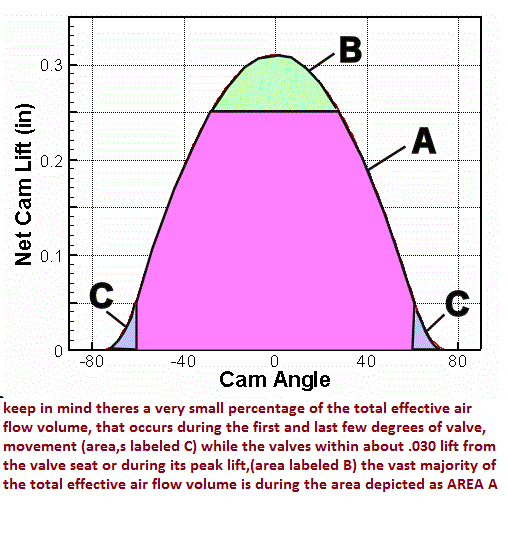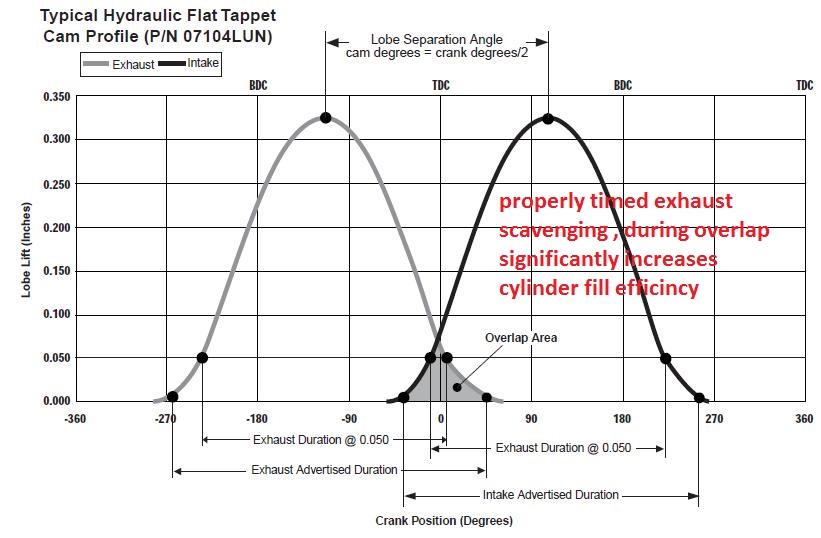Thunderbolt
Well-Known Member
I have a SBC 350 with a Crane 274H06 cam, im about to put a Weiand 177 supercharger on it.
Is the cam way off?
LSA 106 is, well not optimal i think, but can work?
8.7:1 comp (static)
1 5/8 full lenght headers
E85 fuel (650 DP Quick Fuel or Holley 850 DP both E85 to choose from)
Cam specs:
Cam Style:Hydraulic flat tappet
Basic Operating RPM Range:1,800-5,400
Intake Duration at 050 inch Lift:218
Exhaust Duration at 050 inch Lift:218
Duration at 050 inch Lift:218 int./218 exh.
Advertised Intake Duration:274
Advertised Exhaust Duration:274
Advertised Duration:274 int./274 exh.
Intake Valve Lift with Factory Rocker Arm Ratio:0.450 in.
Exhaust Valve Lift with Factory Rocker Arm Ratio:0.450 in.
Valve Lift with Factory Rocker Arm Ratio:0.450 int./0.450 exh.
Lobe Separation (degrees):106
Computer-Controlled Compatible:No
Grind Number:274 H06
Valve Springs Required:Yes
Quantity:Sold individually.
Notes:8.75 to 10.0 compression ratio advised.
Is the cam way off?
LSA 106 is, well not optimal i think, but can work?
8.7:1 comp (static)
1 5/8 full lenght headers
E85 fuel (650 DP Quick Fuel or Holley 850 DP both E85 to choose from)
Cam specs:
Cam Style:Hydraulic flat tappet
Basic Operating RPM Range:1,800-5,400
Intake Duration at 050 inch Lift:218
Exhaust Duration at 050 inch Lift:218
Duration at 050 inch Lift:218 int./218 exh.
Advertised Intake Duration:274
Advertised Exhaust Duration:274
Advertised Duration:274 int./274 exh.
Intake Valve Lift with Factory Rocker Arm Ratio:0.450 in.
Exhaust Valve Lift with Factory Rocker Arm Ratio:0.450 in.
Valve Lift with Factory Rocker Arm Ratio:0.450 int./0.450 exh.
Lobe Separation (degrees):106
Computer-Controlled Compatible:No
Grind Number:274 H06
Valve Springs Required:Yes
Quantity:Sold individually.
Notes:8.75 to 10.0 compression ratio advised.




